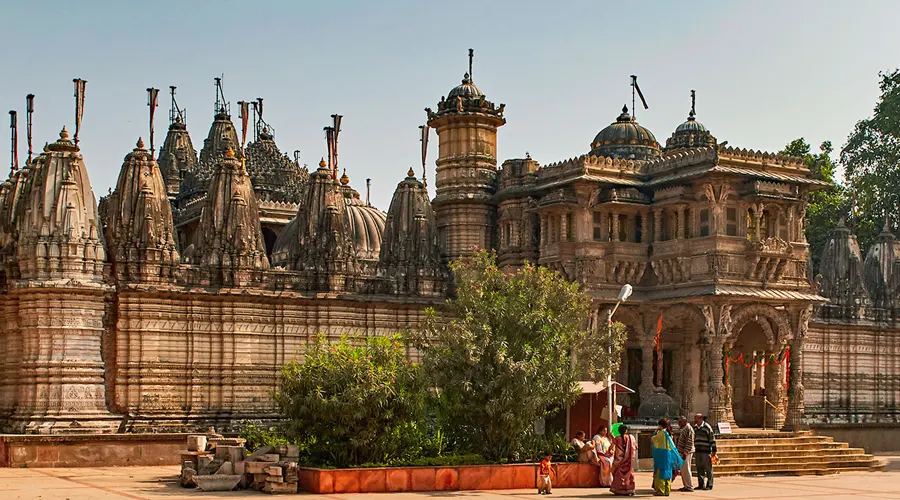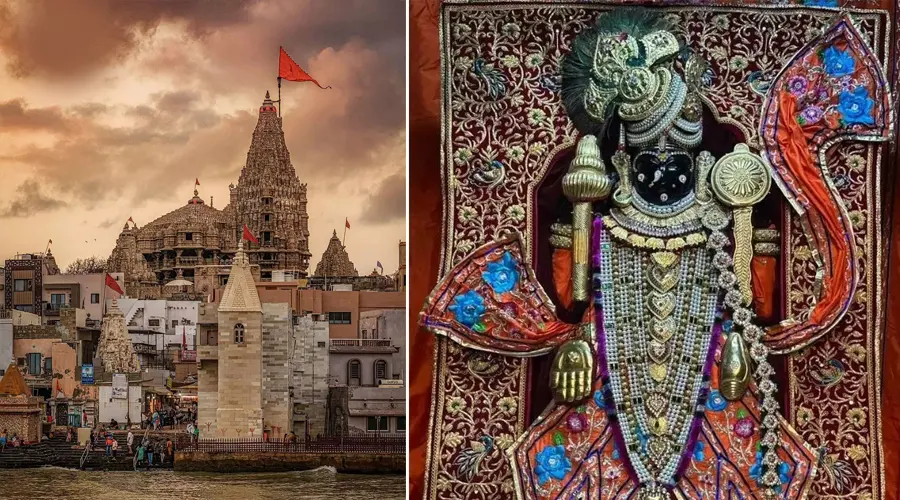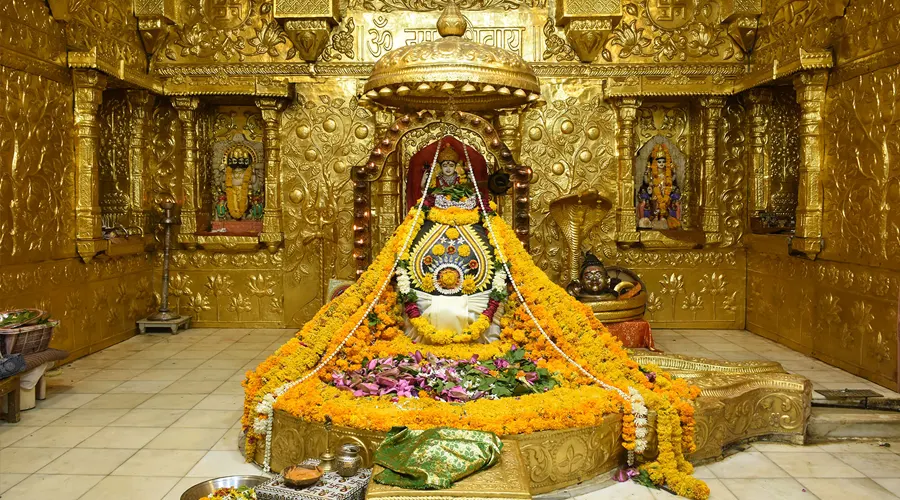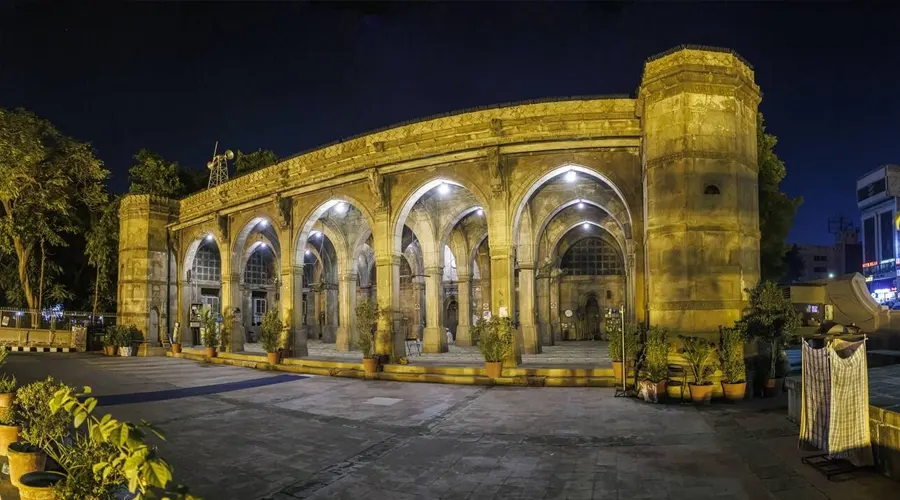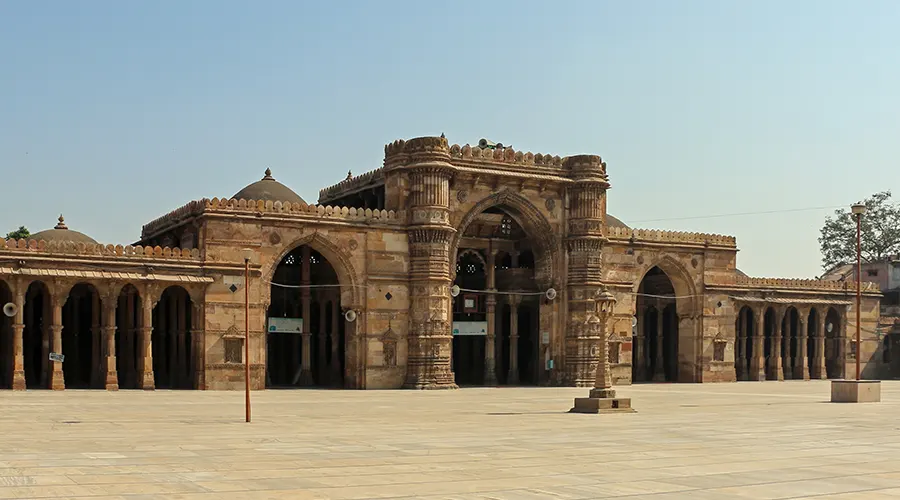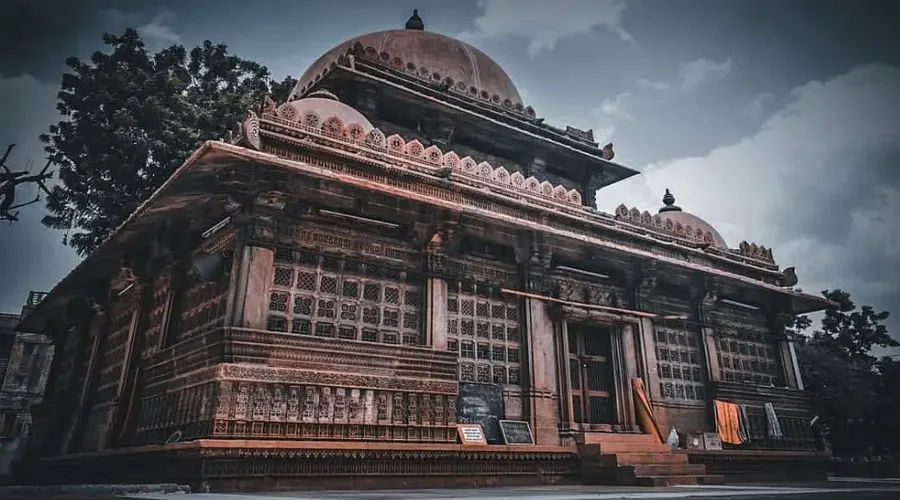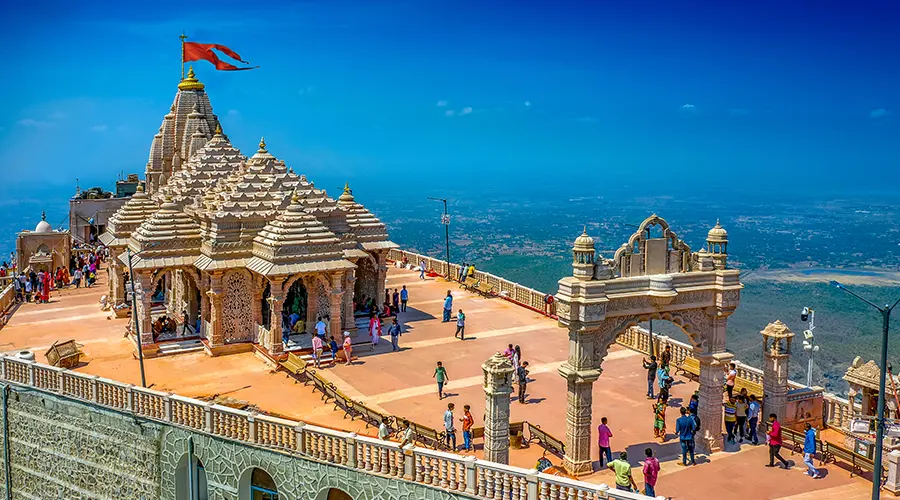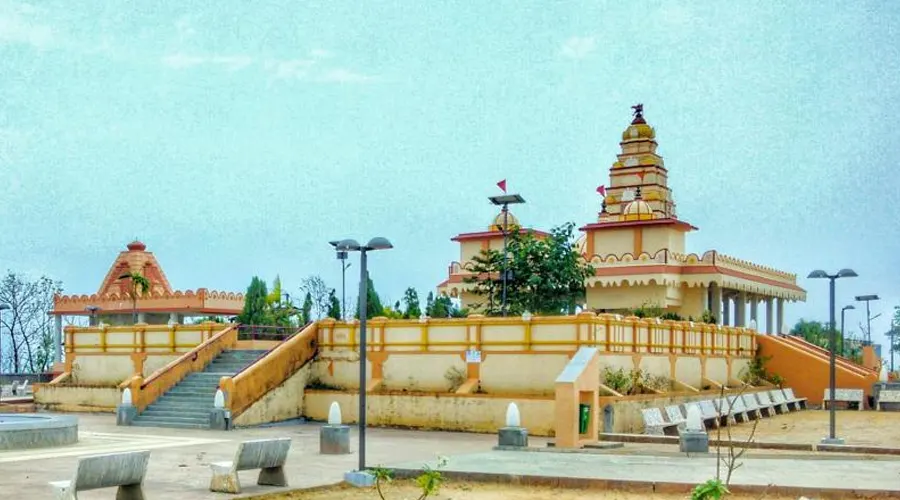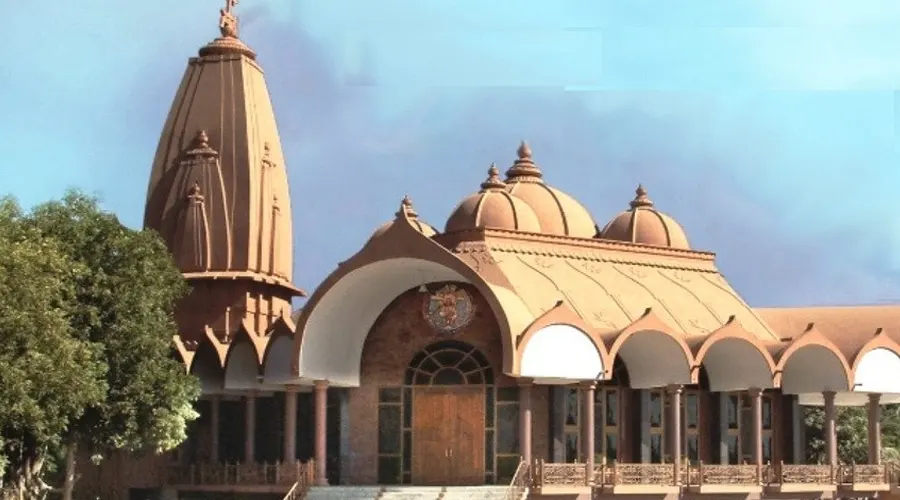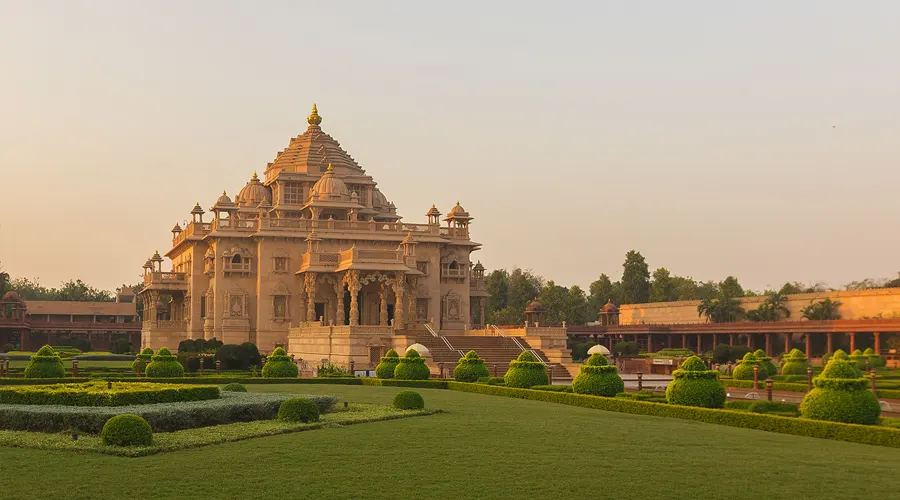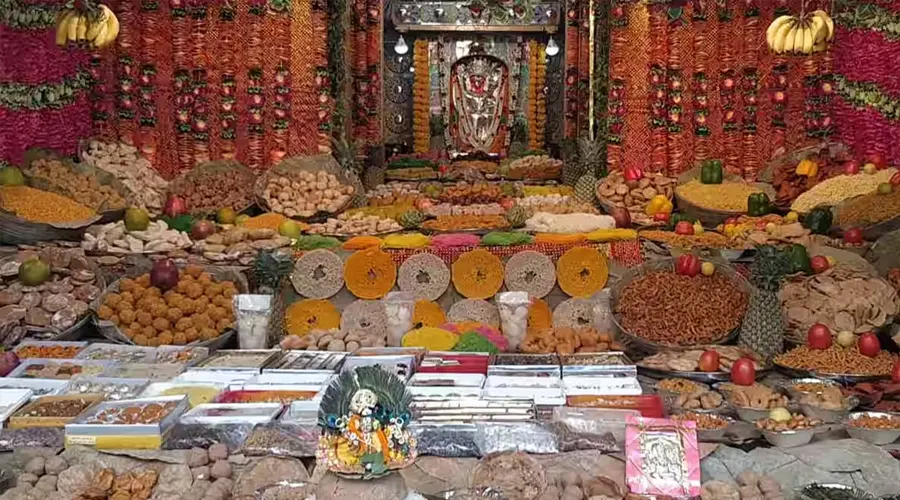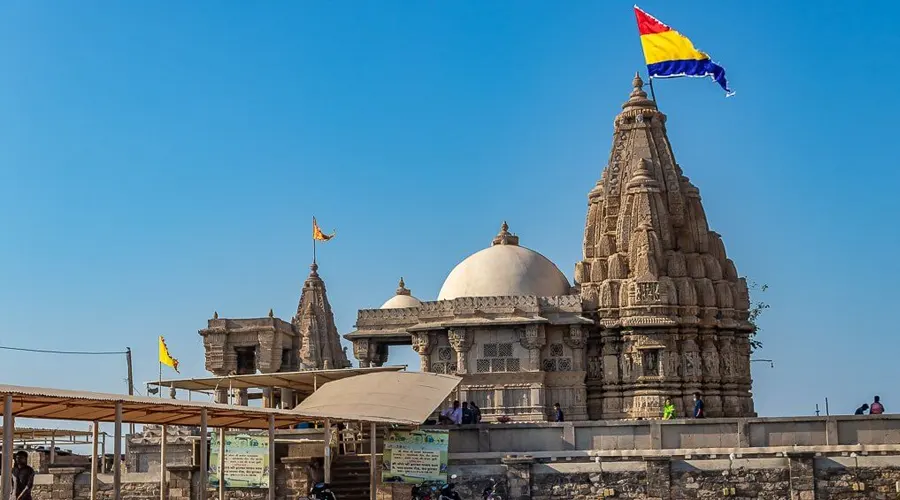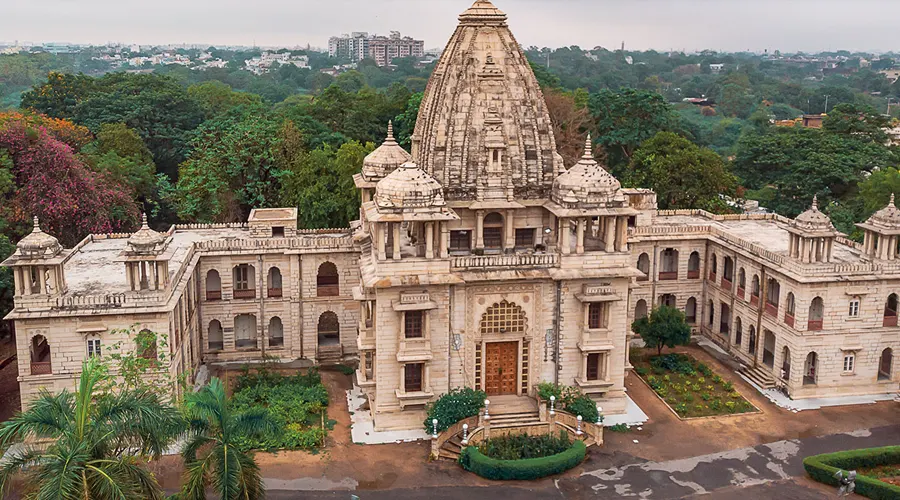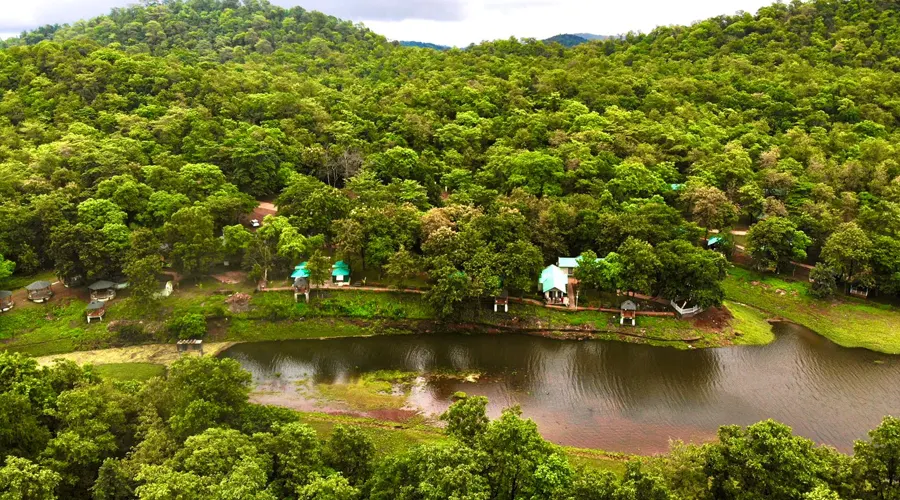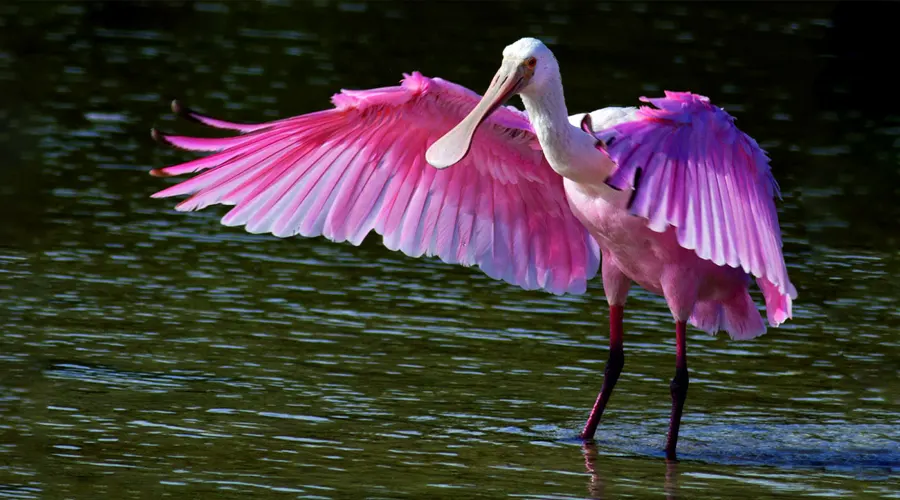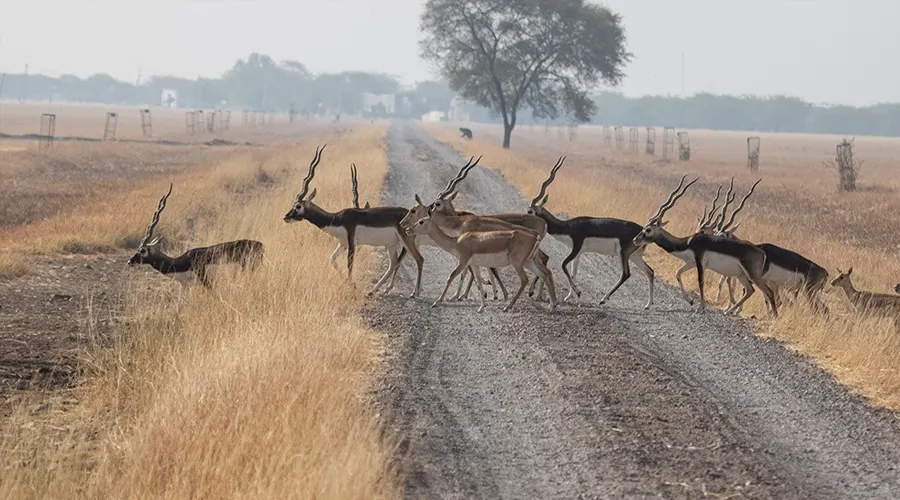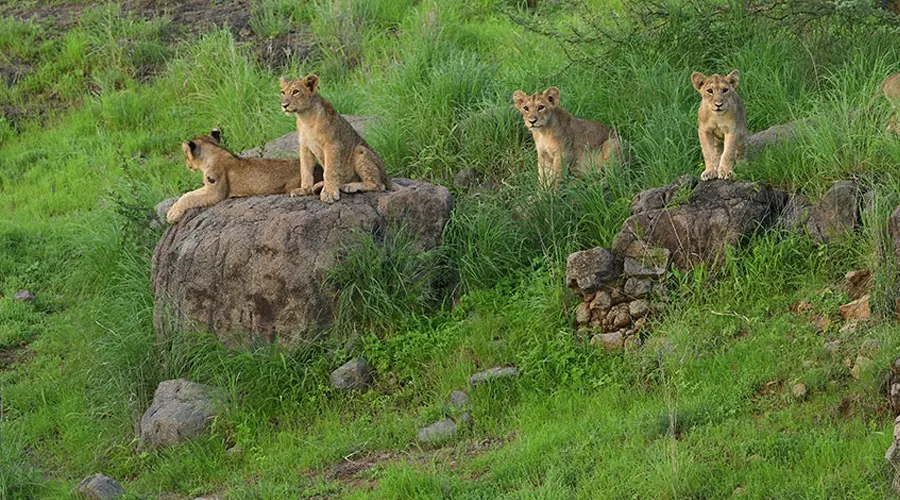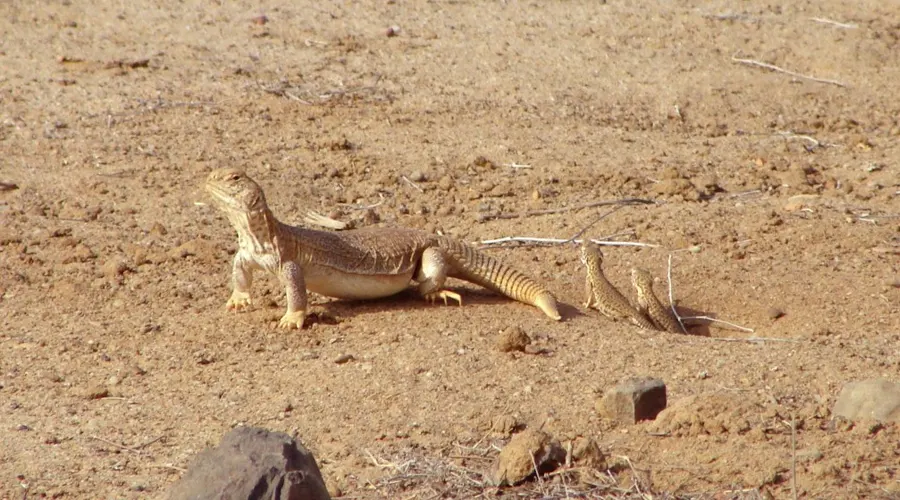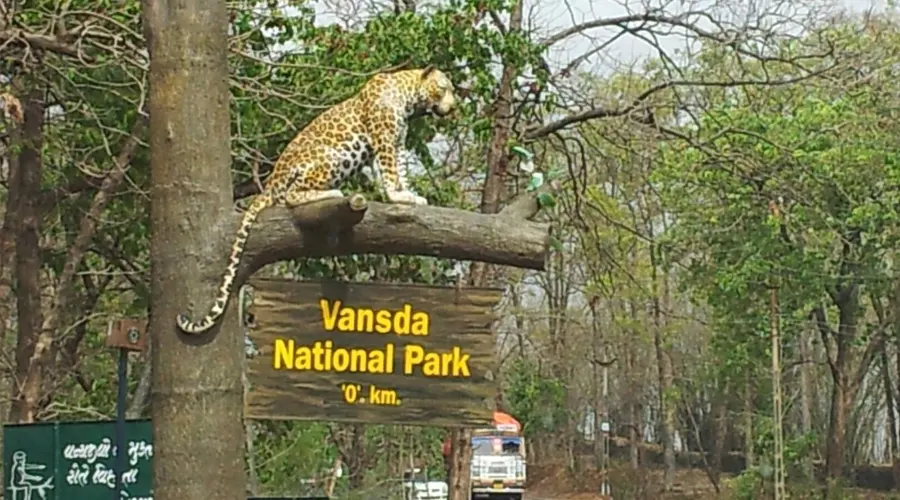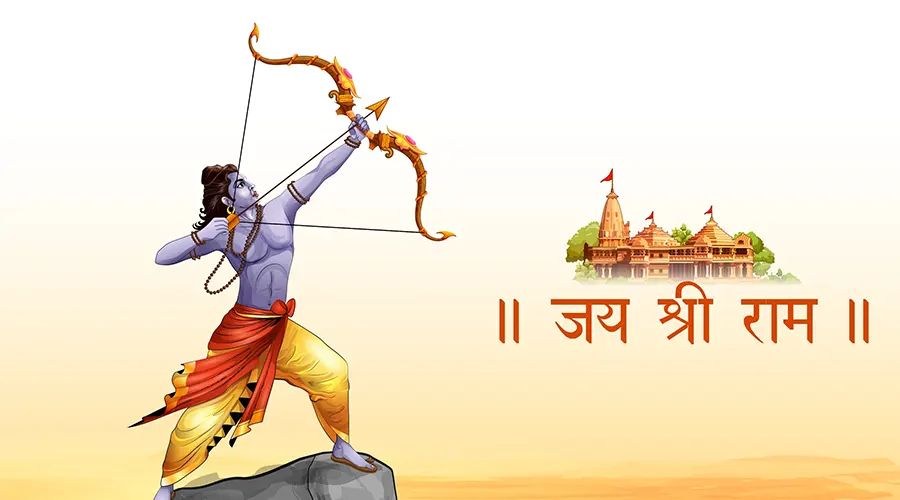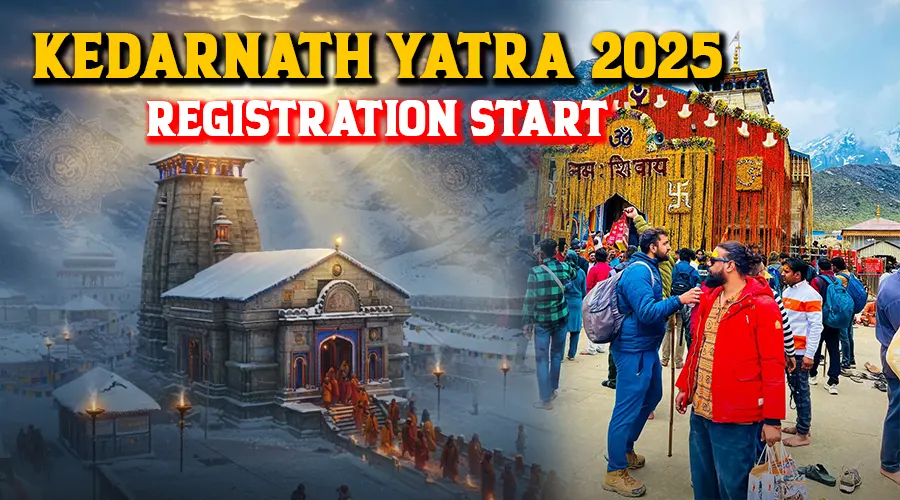Hutheesing Jain Temple
This remarkably elegant temple created out of white marble has been sacred to many Jain families, generation after generation. It was built in 1848 A.D. at an estimated cost of 10 lakh rupees by a rich merchant Sheth Hutheesing as a dedication to the 15th Jain Tirthankara, Shri Dharmanatha.
Traditional artisans working in stone belonged to the Sonpura and Salat communities. The Salat community constructed masterpieces of architecture ranging from forts, and palaces to temples. The work of the Hutheesing Jain temple is attributed to Premchand Salat.
One scholar has remarked, "Each part goes on increasing in dignity as we approach the sanctuary. Whether looked at from its courts or the outside, it possesses variety without confusion and appropriateness of every part to the purpose for which it was intended."
Located outside the Delhi Gate, the temple is spread over a sprawling courtyard, a mandapa surmounted by a large ridged dome, which is supported by 12 ornate pillars. The small Garbhagruh (main shrine) on the east end reaches up into three stunningly carved spires encircled by 52 small shrines dedicated to the various Tirthankars.
There are large protruding porches with magnificently decorated columns and figural brackets on three outer sides. Also, a recently built 78 ft Mahavir Stambha (tower) fashioned after the renowned tower at Chittor in Rajasthan, flanks the outer courtyard by the front entrance. Some of the motifs used in the design remind one of the Sultanate minarets of the Mughal period.
History of Hutheesing Jain Temple
Sheth Hutheesing Kesarisinh formerly began the construction of the Hutheesing Jain temple with INR 8 lakh in 1848. However, Shethani Harkunvar, Kesarisinh's wife continued the establishment of this prominent temple as her husband passed away, aged 49 during the development of the temple.
Completed two years after its foundation, this Jain temple is named after its founder, Sheth Hutheesing Kesarisinh, who was a well-known trader of the time. It is believed that the temple houses a 170-year-old burning flame under the Garbagriha or the Sanctum Sanctorum. The Hutheesing Jain temple is currently under the management of the Hutheesing family trust.
Architecture of Hutheesing Jain Temple
Ornamented with stunning stone carvings, Hutheesing Jain Temple is an architectural masterpiece built in white marble. With an outstanding layout this revered site has a courtyard enclosed with cloisters.
A highly ornate and enduring architectural structure that accommodates 238 stone images and 21 yantras is the brainchild of architect Premchand Salat. Pilgrims take a flight of steps to reach the pillared hall which leads to the sanctum sanctorum. Idol of the 15th Tirthankara, Dharmanatha set in the moolyanak is quite appealing. It also houses the idol of Osia Mata, the prime deity of Oswals.
A significant addition to the revered site is the 78 feet high Manasthamba noted for its architectural magnificence similar to the Jain Manasthamba and the Kirtistamba situated in Chittor district of Rajasthan.
Manasthambas often referred to as the column of honour found in Jain temples are believed to shed the pride of the pilgrims as they enter the preaching hall called Samavasarana. Manasthamba in front of the Hutheesing Jain temple was built in 2003 to celebrate the 2500th birth anniversary of Lord Mahavira.
This sacred complex is topped off with a huge twelve rings semi-circular dome that stands with the support of eight pillars. The dome is 80 feet in diameter and stands at a height of 350 meters.
There are five deities in three bay structures and six deities in the two sub-shrines in the basement. An impressive idol of different Tirthankaras is set in 52 shrines called devikulas located along the circumambulatory passage.
It has an outstanding octagonal-shaped Guda Mandapam that is twice the size of the shrines. Stunningly beautiful three spires over the garbhagriha add charm to the beauty of the temple. The elaborate porches, chaturbas, and jalis give it a look of a haveli. It is believed that the temple has been inspired by the famous Dilwara Jain Temple in Rajasthan.
Festivals at Hutheesing Jain Temple
Among other festivals celebrated at the Hutheesing Jain Temple, Paryushan and Mahaveer Jayanthi are the two prominent festivals. Mahavir Jayanthi annually celebrated on the 29th of March, is a public holiday. Marking the birth of Mahavira, Kalyuga's last Tirthankara, this celebration is also revered as the Mahavira Janma Kalyanak.
Paryushan is a yearly purification festival organised for eight to ten days when devotees indulge in meditation, fasting, and prayers.
Other festivals observed at the Hutheesing Jain Temple include Diwali and Gyan Panchami; which are tentatively celebrated between the 1st and 3rd week of November. Posh Dashami is usually observed between December-end and the beginning of January, and Maun Ekadashi is generally held in December.

